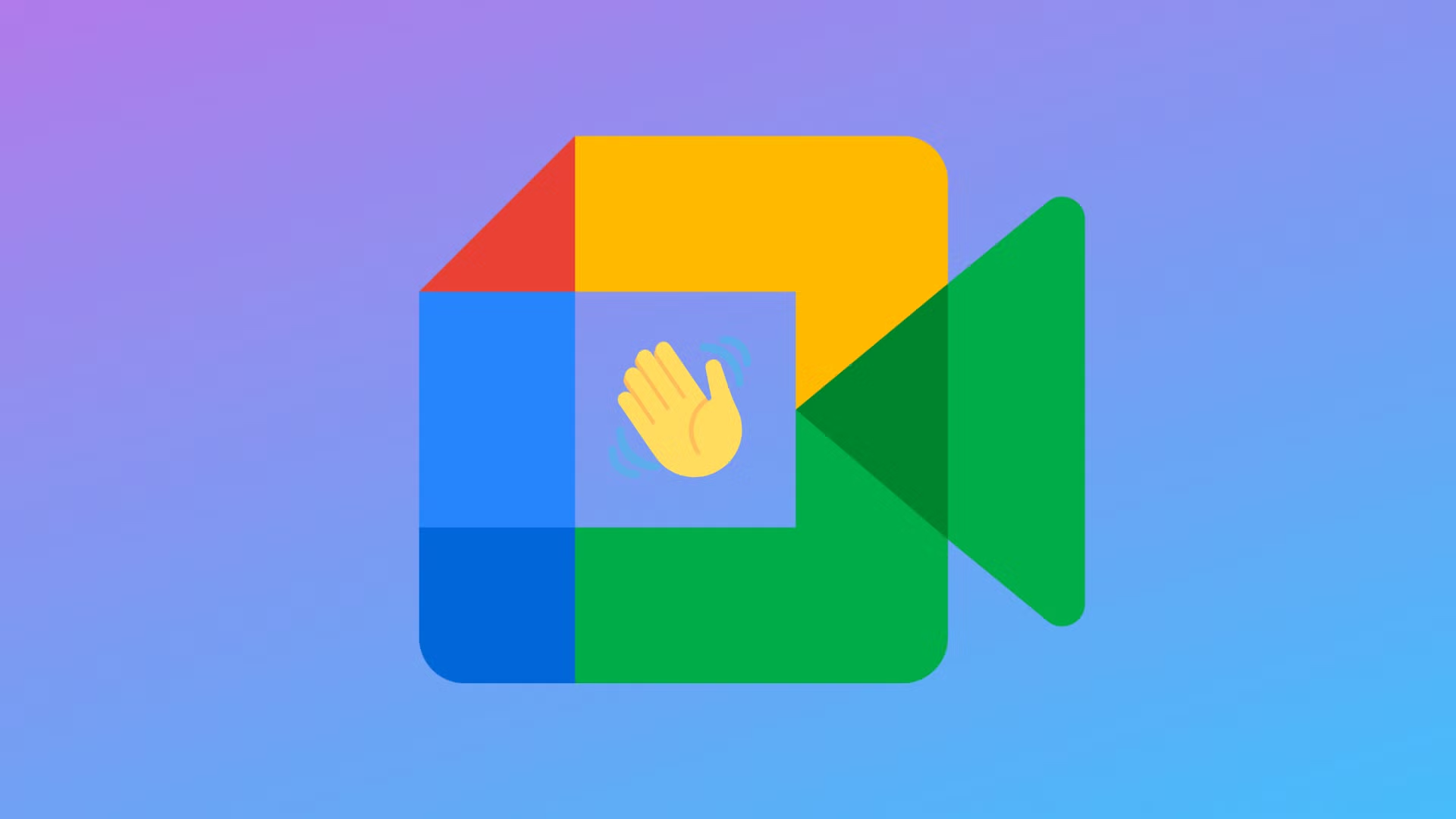Google Meet has been a boon for businesses, families, and academics in the (post-)pandemic era. It gives us the freedom to take video calls from anywhere, on almost any device, and conceal the background with real-time blur and background replacement options. Google is now making these real-time effects less resource-intensive and improving their edge detection so your obscured background doesn’t peek through inadvertently — at least if you or your company pays up.
Google Meet’s real-time background replacement options include varying levels of blur, customizable static images, looping video backgrounds, and the recently added immersive background options. Although you can pick anything that suits your fancy, you would have noticed the edge detection falter, especially when wires, headphones, headgear, and spectacles are in the foreground. Google says it has improved this system for Meet on the web, at least for the background blur and light adjustment options for now. The improvements will be extended to the background replace options in due course.
Some laptops and other devices that technically work with Meet may not pack adequate computational grunt for the real-time background effects. With this in mind, Meet on the web has been updated with cloud-based processing. Google says Meet will automatically adapt to your device and adjust between on-device and cloud-based effect processing, so you don’t face hiccups. Cloud-based processing is prioritized for computers with 4-core CPUs and lower. This improvement could translate into 30 percent less work for your device’s CPU and better battery life on laptops.
The enhanced background-foreground separation and cloud-based processing for backgrounds and visual effects are server-side updates you could experience on your next Meet conference — the changes have already rolled out to eligible users. Note that real-time backgrounds and video effects are only available on certain devices and cloud-based processing isn’t available to people with personal Google accounts, since it is mostly aimed at Google Workspace and Enterprise customers in select regions.

